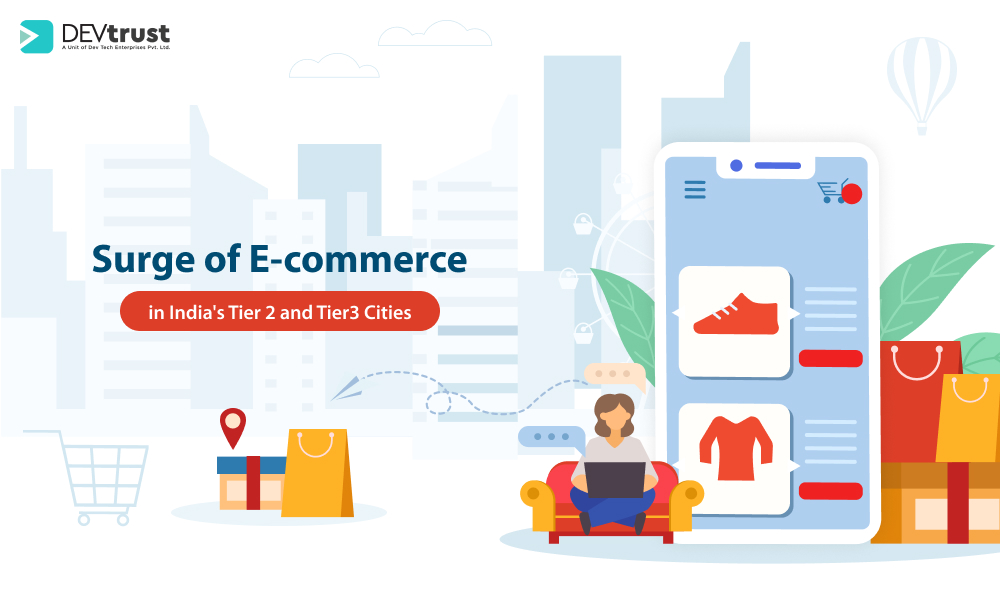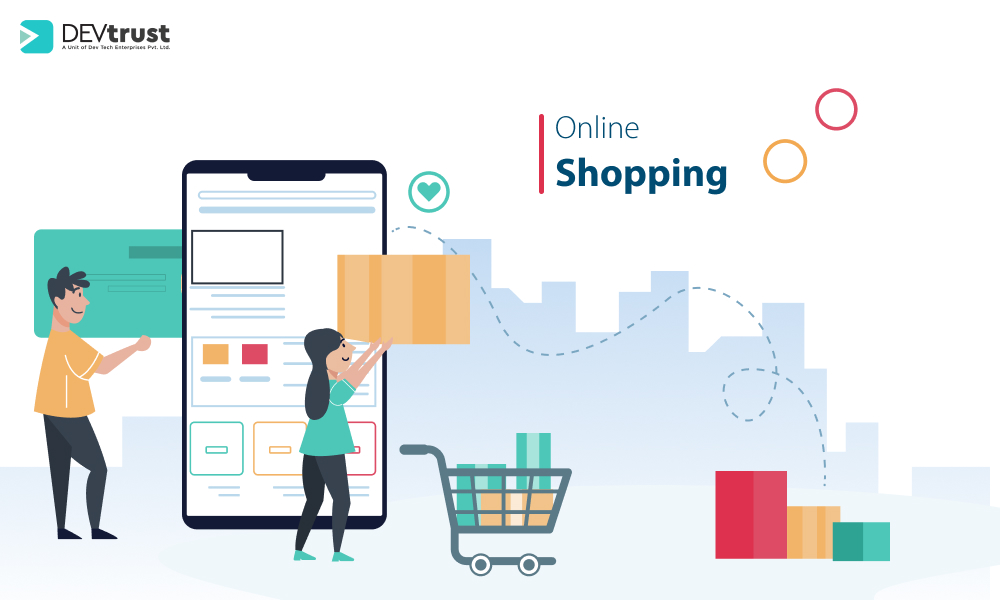Introduction:
In recent years, India has witnessed an unprecedented surge in e-commerce, transforming the way people shop and businesses operate. While the growth of e-commerce in metropolitan cities is well-documented, the real story lies in the penetration of online shopping platforms in tier 2 and tier 3 cities across the country. This shift not only reflects changing consumer behavior but also presents immense opportunities for businesses to tap into previously untapped markets. Let’s delve deeper into this fascinating trend and explore the future it holds.
The Rise of E-commerce in India:
India’s e-commerce journey has been nothing short of remarkable. According to a report by Statista, the e-commerce market in India is projected to reach a whopping $99 billion by 2024, propelled by factors such as increasing internet penetration, surge in smartphone usage, and a thriving middle class with disposable income.
Traditionally, e-commerce was perceived as a phenomenon limited to urban areas. However, with improved infrastructure, better logistics, and targeted marketing strategies, online retailers have successfully penetrated tier 2 and tier 3 cities, reshaping the retail landscape in the process.
 Insight in Tier 2 and Tier 3 Cities:
Insight in Tier 2 and Tier 3 Cities:
The invasion of e-commerce in tier 2 and tier 3 cities is nothing short of astounding. According to a report by RedSeer Consulting, these cities are driving the next wave of growth in India’s e-commerce sector, accounting for a significant portion of total online transactions.
One of the primary reasons behind this surge is the increasing internet penetration in these regions. Government initiatives such as Digital India have played a crucial role in expanding internet access to remote areas, enabling millions of people to go online and explore e-commerce platforms.
Additionally, the rise of affordable smartphones and the availability of cheap data plans have further fueled the adoption of e-commerce in tier 2 and tier 3 cities. Consumers in these regions now have access to a wide range of products and services at their fingertips, without the need to travel long distances to physical stores.
Future Prospects:
The future of e-commerce in India’s tier 2 and tier 3 cities looks exceedingly promising. As internet infrastructure continues to improve and smartphone penetration deepens, the potential for further growth is immense.
Moreover, initiatives such as BharatNet, aimed at providing broadband connectivity to rural areas, will further accelerate the adoption of e-commerce in remote regions. This presents a golden opportunity for businesses to expand their reach and tap into the vast consumer base in these untapped markets.

Conclusion:
The rise of e-commerce in India’s tier 2 and tier 3 cities is a testament to the country’s evolving retail landscape and changing consumer preferences. As more people embrace online shopping, businesses must adapt and capitalize on this trend to stay competitive in the digital age.
At DEVtrust, we recognize the transformative power of e-commerce and are committed to helping businesses leverage technology to reach new heights. With our expertise in IT solutions, we empower companies to navigate the ever-changing e-commerce landscape and unlock their full potential in the digital realm.
References:
Statista – https://www.statista.com/statistics/413396/india-retail-e-commerce-sales/
RedSeer Consulting – https://www.redseer.com/reports/india-internet-2018/

